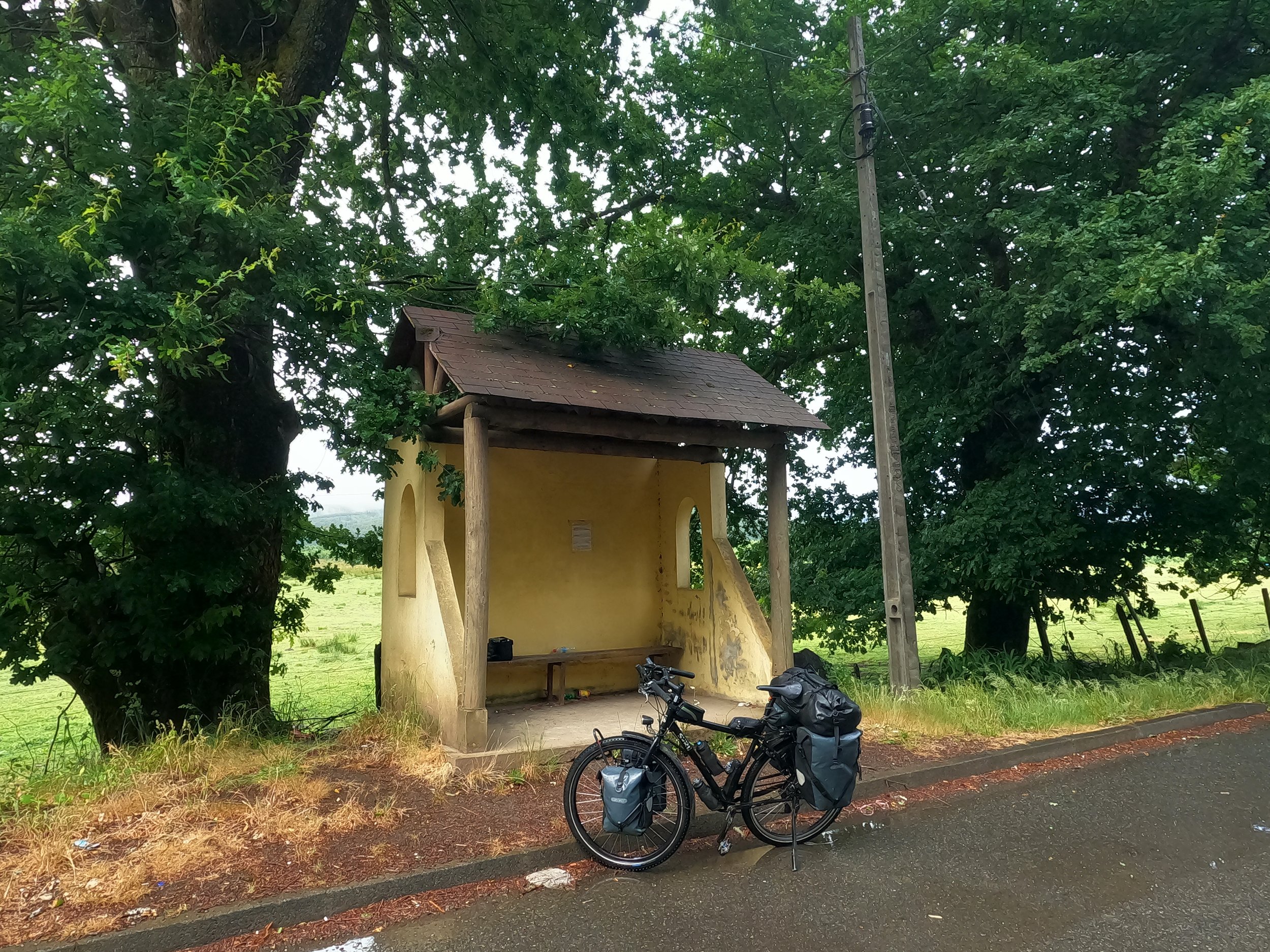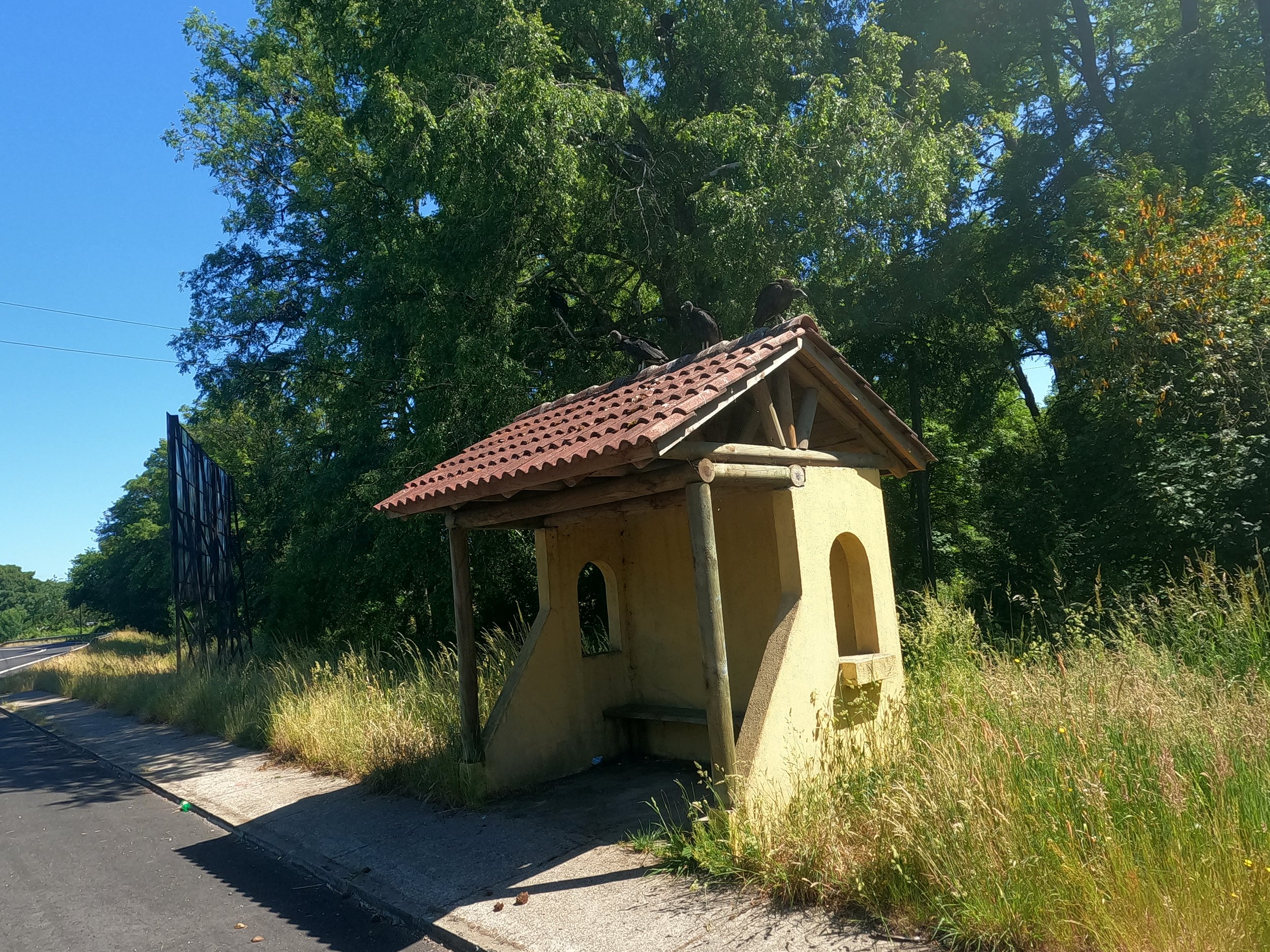Chile’s Amazing Bus Shelters
In a previous blog post, I raved about the frequent and extensive intercity bus service in South America. Chile also has very useful rural bus services, even though the population density seems lower and distances greater (compared to Colombia). And Chile has an incredible network of bus shelters.
They don't have to be fancy, just a roof and some protection from the wind.
But some of them are fancy!
And they are sometimes decorated to reflect the local community. This shows that people have taken pride and ownership in the experience of riding transit.
This shelter was next to a business that sells stone building materials. It must have been built by that business, it was the only one like it.
They use standardized designs by region, and local materials. In areas with forestry, I saw more wood used. Rocks encased in wire mesh near the coast. On the main highway, more metal sheeting.
They have windows to see the bus coming. Sometimes creatively!
As I travel down rural highways, I can expect to see a shelter at least every kilometer. For a bike traveler, there is an added benefit of some respite from the rain, wind, or heat.
They are sometimes next to a single farm, or standing alone on a winding mountain road. There can't be many riders waiting here, but there is still some cover.
My favorite transit advocacy organization has campaigned for more bus shelters in New Orleans, including at the main transfer points. It is tough to reconcile the lack of shelters in US cities with the incredible coverage in rural Chile (and cities have shelters, too).
To share one criticism, the shelters are sometimes used as a trash can or urinal (although signs discouraging this are common). But other times, they appear regularly cleaned, probably by a neighbor.
And I didn't take a photo of people waiting, but they get a lot of use! On a typical weekday, I saw riders in the most rural shelters, and buses and colectivos frequently pulling into the stops.
Chile's bus shelters aren't the only ingredient for good transit, or even the most important. But they are a good indicator that the other aspects are working well. They may not get as much study as maps and schedules, so I wrote this to tip my cap to someone’s hard work here. I am curious to know how it happened - a requirement, a funding source, a community expectation, or some of each?
Personally, I love how these have lots of character in their designs, while always achieving the function of shelter.














